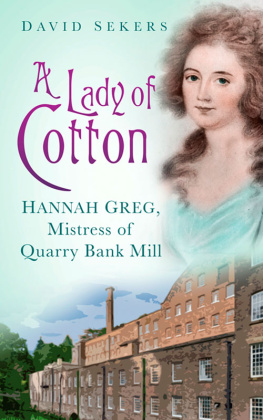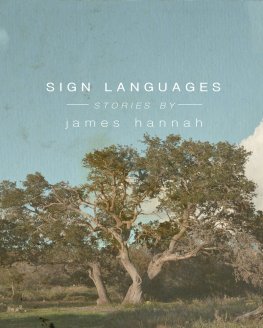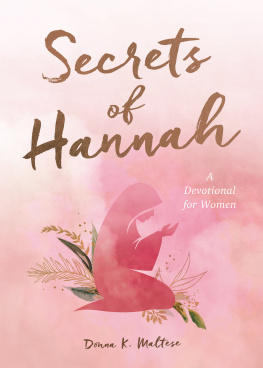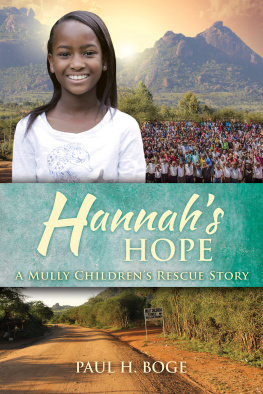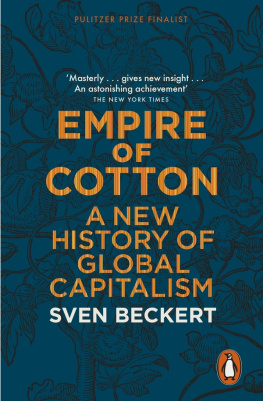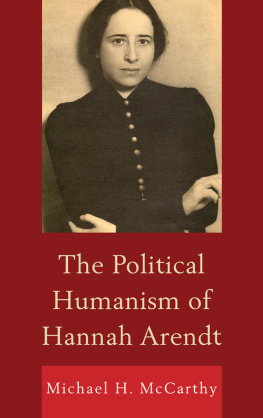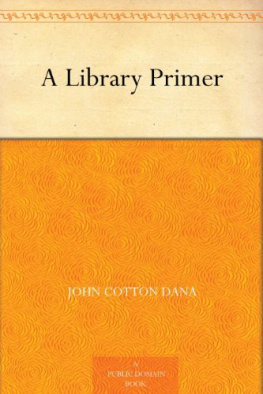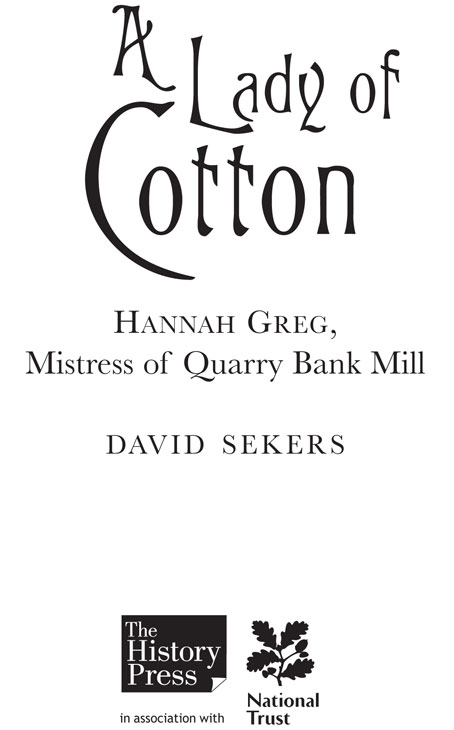
F amily papers unseen for generations, preserving their voices unheard and their stories unread: these are treasures dreamt of by historians. Faced with such a prize, they first have the task of forging the pieces together to form a narrative, and then they have the delicate responsibility of interpreting it. The universe of Hannah Greg as she saw it, emerges here from just such a collection of manuscripts, largely in her own words, including a vivid diary she wrote in the years before and just after her marriage.
However, family papers rarely tell the whole story. Inevitably, personal papers, especially those constructed to inform later generations, tend to omit anything scandalous or scurrilous. Passions and family rows seem to be hidden from us, and although we hear about some of the major incidents in characters lives, we rarely hear their daily laughter. It is also a limitation that inevitably, here, we see the picture from Hannahs viewpoint. Records to illustrate the lives and thoughts of Hannahs less literate contemporaries the mill workers and apprentices, for example hardly survive. Where I think it could be helpful I therefore provide information to describe some of the context and background of issues, personalities and places that Hannah encountered.
Some important questions remain, however. Might the Gregs paternalism have been seen as condescension by some of Gregs workforce? How can we, in our godless age, fully appreciate the role of religious faith in the Gregs time? Attitudes in society have always evolved, and I have tried to show how public opinion altered during the Gregs lifetime, so that the Gregs views (on the employment of children, for example) that might have seemed advanced when they were young, seemed outmoded a generation later.
The one-sidedness of the existing evidence might tempt an imaginative writer to amplify the narrative by conjuring up some fictitious personalities, or by attributing imaginary thoughts and emotions to historical figures. Historical fiction is a temptation that I have resisted, but readers may want to use their imaginations to look beyond the surviving written record, and peer creatively into the hearts and minds of the subjects of this book. Those who are interested in exploring more of the historical context of the period and of Hannahs life and activities are invited to look at my website, which presents additional information in the form of essays and notes.
I have been lucky to have lived and worked close to the history of the Greg family, and met several descendants while living in the village of Styal in the 1980s, when it still retained much of the character of an Industrial Revolution factory community. There were many residents who could trace back their descent through generations of workers at Quarry Bank Mill and even through mill apprentices. Although the National Trust had long been the landlord, a direct descendant of the Gregs who still lived nearby was a leading figure in the village. This was Mrs Kate Jacks, a senior member in the Unitarian Norcliffe Chapel, who was also a wise and supporting voice for many of the elderly tenants. Often dressed informally, her appearance with her small stature, stout shoes, quiet voice and her cigarettes hardly conveyed her personal authority in village matters. But she commanded respect, and was able to speak up for the tenants, to keep an eye on their well-being, and to see that the familiar standards in the village were being maintained by the landlord. No one resisted her suggestions. We have only one description of Hannahs appearance: Her small active figure was to be seen everywhere and her energy was as widely directed as it was untiring: a description that might have been written for Kate Jacks, even in her old age.
Kate Jacks had great pride and interest in her familys history, and it was she who suggested to me that Hannah Gregs pioneering work in this factory community deserved fuller recognition. From the outset she supported the project to convert the mill into a working museum, and made available many family papers. Her descendants, Diana Edward, Kitty Gore and Kath Walker, also generously lent or gave family papers to the National Trust, and I am grateful to them, and to Emily Janes and Michael Janes and other members of the Greg family for permission to quote from them. I also owe particular thanks to Nick Lightbody, Dr Tim Paine and Jenny Smith for generously providing access to their collections of family papers. It is thanks to their foresight and generosity that so many of these papers survive to convey the voices of their antecedents.
The archive at Quarry Bank Mill also houses papers left by the Trusts original benefactor, the late Alec Greg, who gave the whole property to the National Trust in 1939 and who generously supported the museum project at its inception. Dr Mary Rose was the first to write a comprehensive history of the Mill, and this has been an invaluable point of reference. I am also grateful to Jonathan Hudleston, the historian of the Hodgson family, for agreeing to let me quote from his work, and to Sheila Ormerod and Esther Galbraith, other historians of the Greg and Lightbody families.
Some of the family papers in the hands of Kate Jacks, which were subsequently lost, were the basis of short articles on Hannah and Samuel Greg, written by Peter Spencer, and I am grateful to his widow Rosemary Spencer for permission to quote from his work. Lt Col T.H. Pares has kindly provided information on John Pares and his family, as well as permission to quote from his family papers on loan to the Derby Record Office.
I am grateful to generations of staff at Quarry Bank Mill for their continuing support and advice: Eleanor Underhill, Amanda Lunt and Alkestis Tsilika of the present generation; Josselin Hill, Caroline Hill, Adam Damer and Eric Wilkin among former employees. The brunt of many of my requests and enquiries has been helpfully borne by the volunteers, Bridget Franklin and Ann Rundle in particular.
I would also like to thank James Rothwell, the former curator of the National Trust north-west region, Grant Berry, National Trust Publications Manager, and my editor at The History Press Lindsey Smith.
The editors of the Journal of Enlightenment and Dissent , who published an essay on Hannah Greg and my edition of the Diary of Hannah Lightbody , have kindly given their permission for me to quote from these publications. I have continued to receive valuable advice and illuminating suggestions from Dr Martin Fitzgerald, Dr David Wykes and Gina Luria Walker in the field of Dissenting History. David Howman has kindly provided information on the Liverpool abolitionists, and Alex Kidson and Mrs F. Spiegl on images of Liverpool and its leading citizens. I am indebted to Lionel Burman for his wide-ranging information and guidance on aspects of cultural history in Liverpool and beyond, and for his steady encouragement since this biography was conceived.
I am grateful likewise to the staff of the following institutions and libraries: London Library, Liverpool University (Special Collections), Liverpool Maritime Museum, Liverpool Record Office, Greater Manchester County Record Office, British Library, Dr Williamss Library, London Borough of Hackney Archives, Derbyshire Record Office.
Finally, my thanks to Judith Mirzoeff and to my long-suffering wife, Simone, who have been constructive critics of several versions of this text.
Notes
When quoting from manuscript material I have retained, wherever practicable, the original spelling and punctuation.
.
W.R. Greg, Enigmas of Life (London, 1891), Memoir xi. He added of his mother that she put duty first, then self-culture.
Next page
